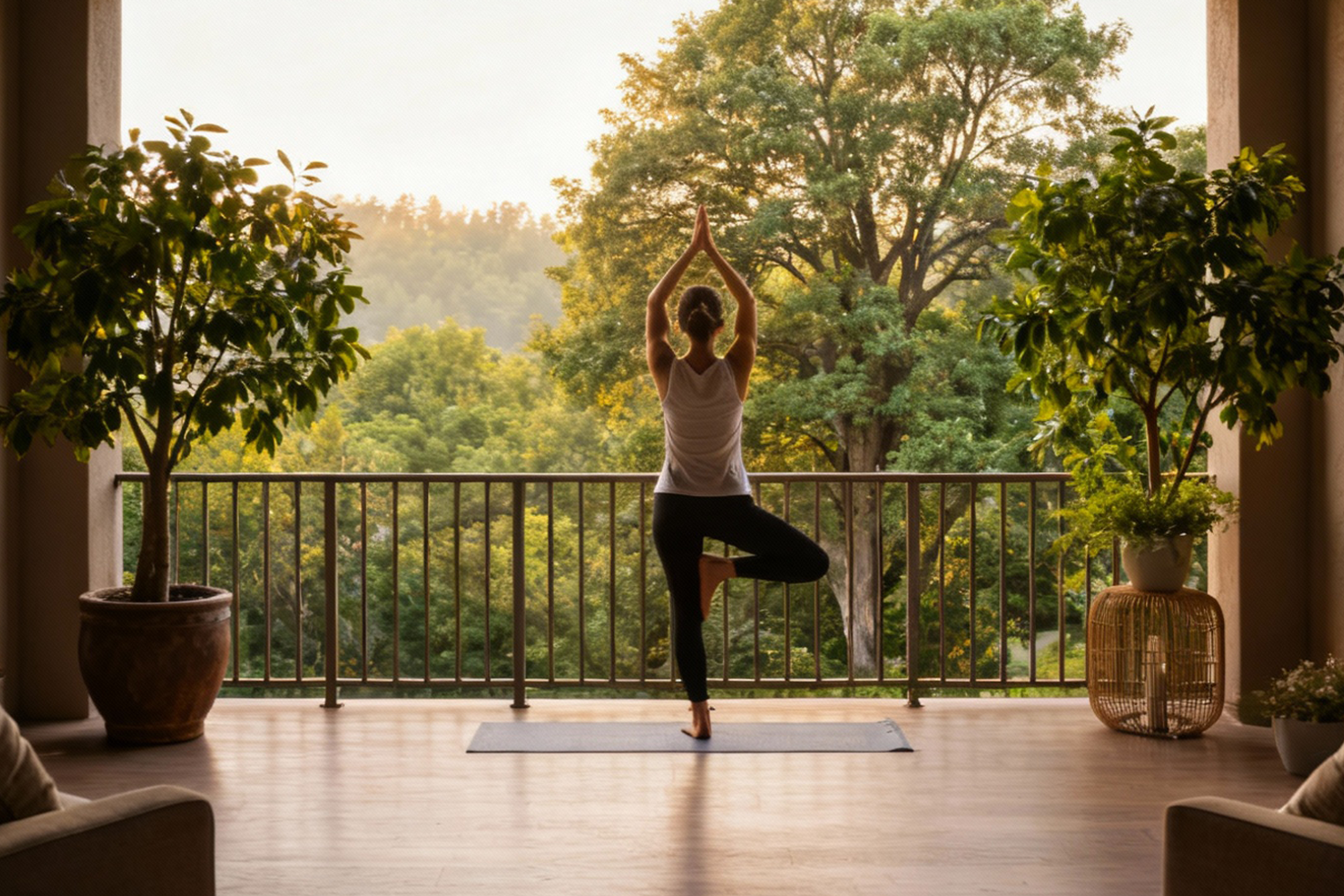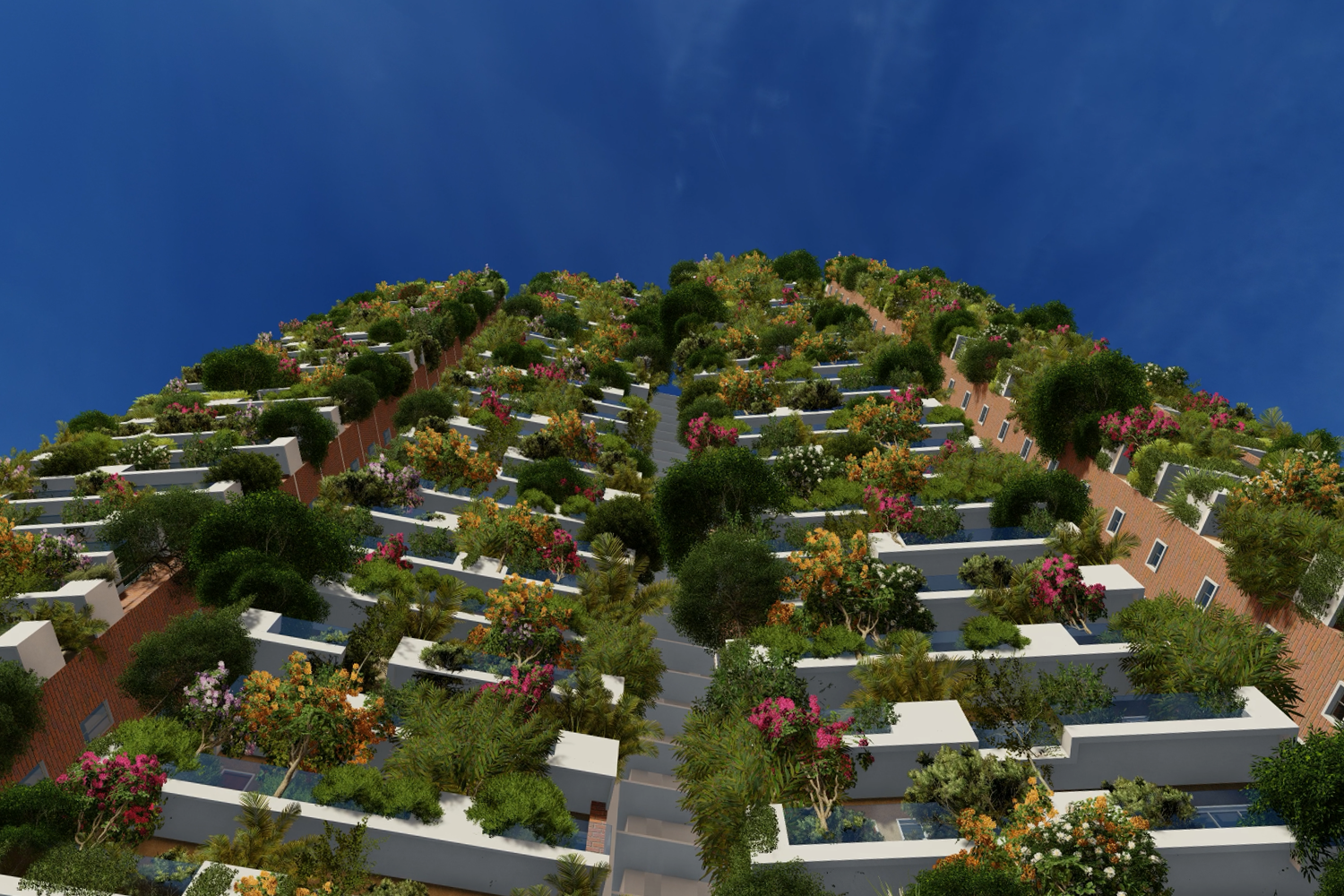In the hustle and bustle of urban living, the concept of bringing nature into our living spaces has gained significant traction. Vertical forest apartments, characterized by their lush greenery and sustainable design, offer a unique solution to the challenges of urbanization while promoting a harmonious coexistence with nature. One key element that contributes to the beauty and functionality of these vertical forests is the incorporation of climber plants.
Choosing the Right Climbing Plants:
When selecting climbing plants for vertical forest apartments, it’s essential to consider factors such as climate, sunlight exposure, and maintenance requirements.
Here are some popular climbing plants that thrive in urban environments:
1. Ivy (Hedera helix):
Ivy is a hardy climber that can thrive in various conditions. Its dense foliage provides excellent coverage and is ideal for green walls.
2. Creeping Fig (Ficus pumila):
This fast-growing plant is perfect for covering walls and structures. It clings to surfaces effortlessly, creating a lush green effect.
3. Bougainvillea:
Bougainvillea is known for its vibrant flowers, bougainvillea adds a splash of colour to vertical gardens. It thrives in sunny conditions and can transform any space into a tropical paradise.
4. Wisteria:
Wisteria has its stunning cascading bloom, wisteria looks beautiful and offers shade and privacy when planted strategically.
5. Climbing Roses:
These elegant climbers bring a touch of romance to vertical forests. Their fragrant flowers can create stunning displays throughout the growing season.
The Role of Climbing Plants:
1. Enhancing Aesthetics:
Climbing plants are the perfect complement to vertical forests, adding layers of greenery that soften hard architectural lines. Their ability to cascade and cover walls creates a dynamic visual appeal, making buildings look alive and inviting. Whether it’s the vibrant hues of flowering vines or the lush foliage of climbers, these plants transform facades into living artworks.
2. Promoting Biodiversity:
Incorporating climbing plants into vertical forest apartments helps support urban biodiversity. These plants attract various species, from pollinators like bees and butterflies to birds that nest in their foliage. By fostering a diverse range of life forms, climbing plants contribute to a healthier urban ecosystem.
3. Improving Air Quality:
Climbing plants play a vital role in purifying the air. Through the process of photosynthesis, they absorb carbon dioxide and release oxygen, enhancing the air quality in densely populated urban areas. Their leaves also trap dust and pollutants, creating a cleaner environment for residents.
4. Providing Natural Insulation:
Vertical forests with climbing plants can help regulate building temperatures. The dense foliage acts as a natural insulation layer, reducing heat absorption during the summer and retaining warmth in the winter. This not only enhances comfort but can also lower energy costs.
5. Enhancing Mental Well-being:
Living close to nature has been shown to improve mental health and well-being. Climbing plants contribute to this by creating serene environments that reduce stress and promote relaxation. Residents of vertical forest apartments often report a greater sense of peace and connection to nature.
Conclusion:
In conclusion, incorporating climber plants into vertical forest apartments not only enhances the aesthetic appeal of urban living spaces but also fosters a deeper connection with nature. These green companions contribute to improved air quality, promote biodiversity, and create a soothing environment in bustling cities. By embracing the beauty and benefits of climber plants, we can transform our living spaces into vibrant ecosystems, nurturing both our well-being and the planet. So, whether you’re a seasoned gardener or a curious beginner, let your walls grow green and watch your urban oasis flourish.
Take the first step towards a greener lifestyle find your perfect climber plant





